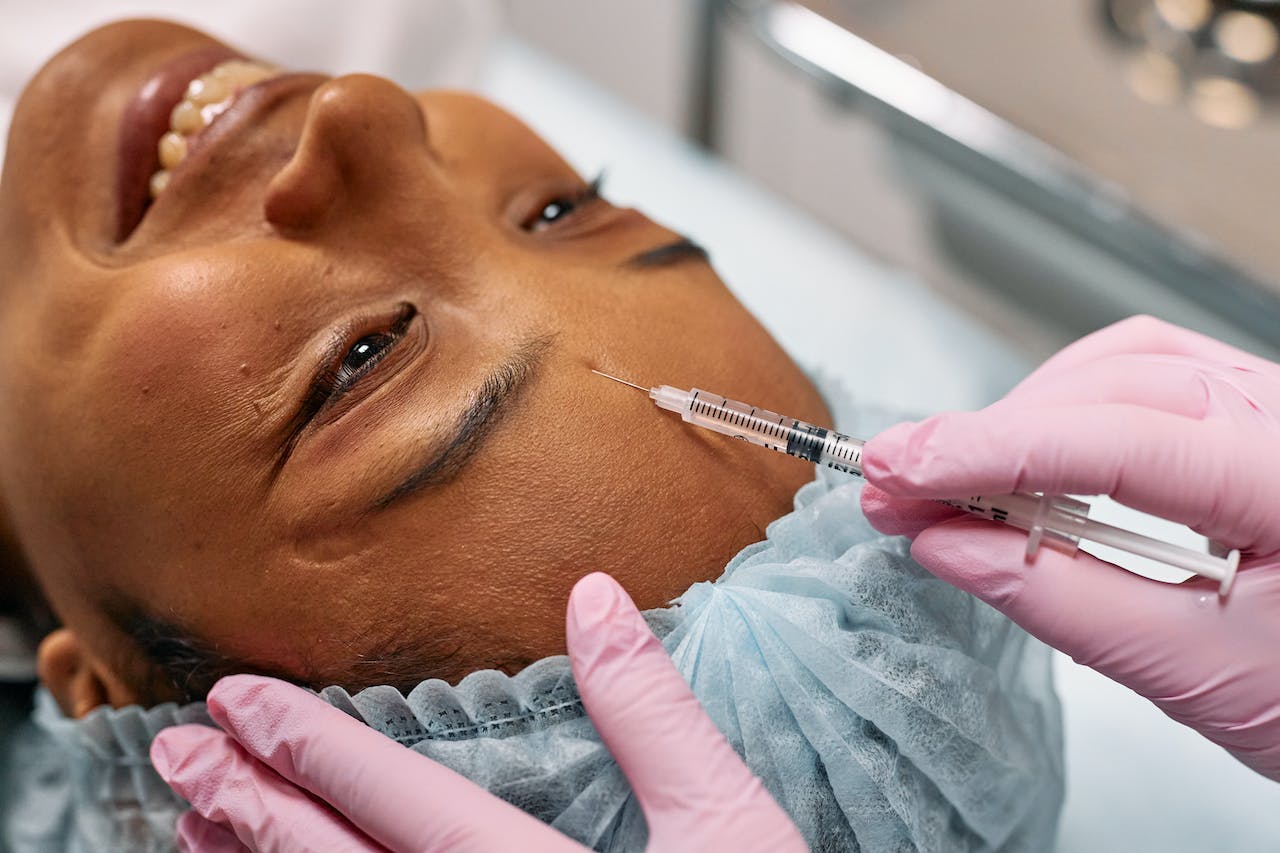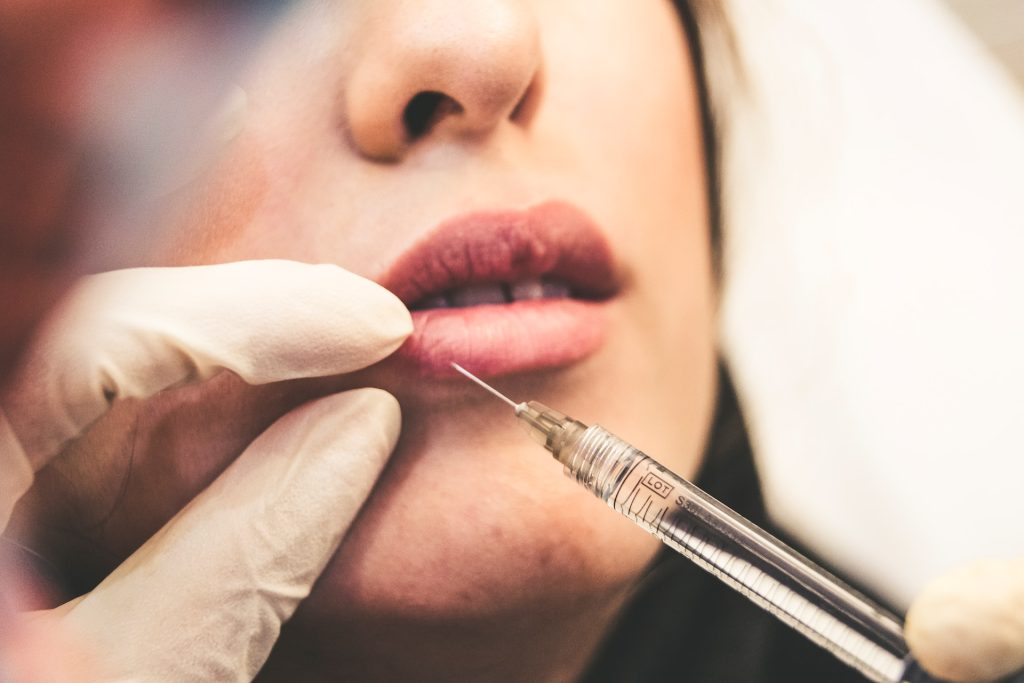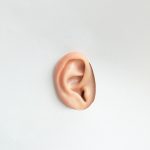
Tear trough filler, a popular cosmetic procedure, involves the precise injection of hyaluronic acid-based dermal fillers into the tear trough region, addressing issues related to volume loss and skin elasticity. This technique aims to rejuvenate the under-eye area, combating signs of aging and enhancing facial contours. Understanding the scientific principles behind tear trough filler is crucial for both practitioners and individuals considering this non-surgical cosmetic intervention.
Key Takeaways
- Mechanism of Action: Tear trough filler utilizes hyaluronic acid to restore volume and stimulate collagen production for improved skin elasticity.
- Factors Impacting Tear Troughs: Aging, genetics, and UV radiation contribute to the formation of tear troughs, highlighting the need for personalized treatment.
- Cost Considerations: The economic aspect involves evaluating the cost-benefit ratio, considering factors like filler quality, practitioner expertise, and geographic location.
- Complications and Risks: Inadequate knowledge of facial anatomy, improper injection techniques, and filler quality can lead to complications, emphasizing the importance of practitioner qualifications and product selection.
- Identifying Issues: Signs of a botched procedure include asymmetry, lumps, excessive swelling, and the Tyndall effect, requiring careful assessment for corrective measures.
- Preventing Complications: A scientific approach to patient selection, precise injection techniques, and post-procedure care are crucial in minimizing filler-related complications.
- Fixing Botched Procedures: Solutions range from using hyaluronidase to dissolve excess filler to surgical interventions in extreme cases, emphasizing the importance of seeking professional advice.
What is a Tear Trough Filler?
Tear trough filler involves the injection of dermal fillers, often hyaluronic acid-based, into the anatomically complex tear trough region. Hyaluronic acid, a glycosaminoglycan naturally found in the skin, attracts and retains water, contributing to volume restoration. The hyaluronic acid in tear trough fillers also induces collagen production, further enhancing skin elasticity and hydration.
What You Should Know About Tear Trough Treatment?
The science behind tear trough treatment revolves around the precise injection of hyaluronic acid filler into the subcutaneous tissue. The hyaluronic acid molecules attract and bind water, providing immediate volume, while also stimulating fibroblasts to produce collagen over time. The viscosity and cross-linking of the filler determine its spreadability and longevity, with scientific consideration given to achieving natural contours.
Factors Impacting Tear Troughs
The appearance of tear troughs is intricately linked to the aging process. As individuals age, there is a decline in collagen production and elasticity, leading to skin thinning and hollowing. Scientifically, genetics play a role in determining the anatomical structure of the under-eye area, influencing predisposition to tear troughs. Exposure to ultraviolet (UV) radiation also accelerates collagen breakdown, exacerbating tear trough formation.
Cost of Tear Trough Filler and Is It Worth It?
The economic considerations of tear trough filler involve the scientific evaluation of the cost-benefit ratio. The cost of tear trough filler can vary depending on several factors, including the geographic location, the experience of the practitioner, the type of filler used, and the amount of filler required. In the United States, for example, the cost may range from $500 to $1,500 per syringe.
Individuals must weigh the financial investment against the perceived benefits, considering factors such as improved self-esteem, reduced signs of aging, and the non-surgical nature of the procedure.
Why Can Tear Trough Filler Go Wrong?
Complications in tear trough filler procedures often stem from inadequate knowledge of facial anatomy and improper injection techniques. Overfilling may occur when there is a miscalculation of the required volume, leading to an unnatural appearance.
Uneven distribution of filler may result from improper placement, exacerbating asymmetry. Infections are a risk if aseptic techniques are not rigorously followed, and allergic reactions may arise due to impurities or patient-specific sensitivities.
How to Identify if Tear Trough Filler Has Gone Wrong
Indicators of a botched tear trough filler procedure include asymmetry caused by uneven filler distribution. Lumps or bumps may be palpable, signifying improper placement or migration. Excessive swelling, beyond the normal inflammatory response, indicates a potential issue. The bluish tint associated with the Tyndall effect results from light scattering when a filler is too superficial, emphasizing the need for precise injection depth.
Causes of Tear Trough Filler Complications:
a. Inadequate Training:
- Complications often stem from practitioners lacking comprehensive training in tear trough anatomy and advanced injection techniques.
- Seek practitioners with specific expertise in tear trough procedures, ideally certified by reputable aesthetic training programs.
b. Product Quality:
- Compromised filler quality can lead to adverse reactions and complications.
- Opt for FDA-approved fillers from reputable manufacturers, and inquire about the composition and purity of the chosen product.
Preventing Filler Complications
Preventing filler complications involves a scientific approach to patient selection and procedural execution. A thorough understanding of a patient’s medical history, including allergies and previous cosmetic interventions, is crucial.
Scientifically sound injection techniques, adherence to aseptic protocols, and selecting appropriate filler types and concentrations contribute to minimizing complications. Post-procedure care guidelines, including sun protection and avoiding strenuous activities, are grounded in scientific principles to promote optimal healing.

Potential Risks and Side Effects of Tear Trough Filler
Infection:
- The risk of infection arises due to the introduction of dermal fillers into the skin. Bacteria can enter through the injection site, leading to localized inflammation.
- Side Effects: Common symptoms include redness, swelling, and tenderness. In severe cases, cellulitis or abscess formation may occur, necessitating prompt medical attention.
Bruising and Swelling:
- Bruising results from capillary damage during injections, while swelling is a natural inflammatory response to the procedure.
- Side Effects: Bruising and swelling are typically temporary but can be managed with cold compresses and avoiding blood-thinning medications.
Tyndall Effect:
- The Tyndall effect occurs when the filler is injected too superficially, causing light to scatter and create a bluish tint.
- Side Effects: Besides the aesthetic concern, the Tyndall effect may be an indicator of filler migration or incorrect placement.
Allergic Reactions:
- Allergies to filler components, such as hyaluronic acid or other additives, can trigger an immune response.
- Side Effects: Itching, redness, and in rare cases, anaphylaxis may occur. Pre-treatment allergy testing can mitigate this risk.
Nodule Formation:
- Palpable nodules may form due to improper filler placement or the presence of impurities in the product.
- Side Effects: Nodule formation can be visually displeasing and may require corrective measures such as massage or, in severe cases, dissolution with hyaluronidase.
Things to Watch Out for When Getting Injectables for Tear Trough Filler
Practitioner Qualifications:
- Inadequate knowledge of facial anatomy and improper injection techniques increase the likelihood of complications.
- Choose a practitioner with specific training in tear trough anatomy and a proven track record in filler procedures.
Sterility and Hygiene:
- Infections can be prevented by maintaining strict aseptic protocols during the procedure.
- Ensure the clinic follows proper sterilization procedures, including the use of sterile equipment and a clean environment.
Familiarity with Filler Type:
- Different fillers have distinct properties, viscosities, and durations. The choice of filler should align with the desired outcome.
- Consult with the practitioner to understand the characteristics of the chosen filler and how it aligns with your unique skin needs.
How Do You Fix a Botched Tear Trough Filler?
- Type of Filler Used: Different fillers have different properties, and the choice of filler can impact the outcome. Hyaluronic acid-based fillers are commonly used for tear troughs. If complications arise, hyaluronidase, an enzyme that breaks down hyaluronic acid, can be used to dissolve the filler.
- Hyaluronidase: This enzyme is widely used as an antidote for hyaluronic acid filler complications. It works by breaking down the hyaluronic acid molecules, allowing the body to naturally absorb and eliminate the filler.
- Massage and Manual Manipulation: While there is some anecdotal evidence that gentle massage or manipulation can help improve the distribution of filler, this should only be performed by a qualified healthcare professional to avoid further issues.
- Time as a Factor: Many fillers, especially those based on hyaluronic acid, are temporary and naturally degrade over time. Some issues might improve as the filler gradually dissipates.
- Surgical Intervention: In extreme cases, surgical procedures may be considered to correct complications. This might involve removing or adjusting the filler through more invasive methods.
- Complications and Risk Factors: Understanding the specific complications and risk factors associated with tear trough filler treatments is crucial. Complications can include bruising, swelling, lumpiness, or asymmetry.
Also Read: Ageless Beauty Unveiled: Embrace Self-Confidence and Radiate Positive Body Image
FAQs
- Q: How To Avoid Tear Trough Filler Complications?
- A: Patient Assessment: A thorough pre-treatment assessment considers medical history, skin characteristics, and realistic expectations.
- Prevention: Engage in open discussions with your practitioner, providing complete information about your health and any previous cosmetic interventions.
- Injection Technique: Precise injection depth and technique reduce the risk of complications such as vascular compromise or filler migration.
- Prevention: Choose practitioners with a proven track record and experience in tear trough injections.
- Q: What To Do About Tear Trough Filler Gone Wrong?
- A: Seek Professional Advice: Timely consultation with a qualified practitioner is essential to assess and address the issue.
- Dissolving Agents: Hyaluronidase, an enzyme that breaks down hyaluronic acid, can be used to dissolve excess filler.
- Q: How To Fix Botched Tear Troughs?
- A: Revision procedures involve adjusting the volume, redistributing filler, or correcting irregularities.
- Q: How Quickly Will I See Results From Tear Trough Filler?
- A: The immediacy of results from tear trough filler injections is due to the hyaluronic acid’s water-binding properties. Hyaluronic acid molecules attract water, instantly restoring volume and smoothing out the under-eye area.
- While some improvement is noticeable immediately after the procedure, the final results may take a few days to fully manifest as any initial swelling subsides, allowing for a more accurate assessment of the treated area.
- Q: How Long Do The Results Last For Tear Trough Filler?
- A: The longevity of tear trough filler results is influenced by several factors. Hyaluronic acid fillers typically last between 6 months to a year, depending on the specific product used, the individual’s metabolic rate, and the injection technique.
- Over time, the body gradually metabolizes the hyaluronic acid, necessitating maintenance sessions to sustain the desired results. Regular follow-ups with a qualified practitioner are crucial to assess the need for additional treatments.
- Q: How Long Does It Take For Filler To Dissolve?
- A: The natural dissolution of hyaluronic acid fillers is a gradual process. Hyaluronidase, an enzyme present in the body, breaks down the hyaluronic acid molecules over time.
- The specific duration for complete dissolution varies based on the type of filler used, with some formulations lasting longer than others. Typically, the process takes several months, allowing the body to naturally absorb the filler particles.
- Q: How to Make Filler Dissolve Faster?
- A: Accelerating filler dissolution involves the controlled use of hyaluronidase. Administered by a qualified practitioner, hyaluronidase injections target the treatment site, breaking down hyaluronic acid more rapidly. However, caution is crucial to avoid over-correction or potential complications.
- This method is employed in cases where faster resolution of filler is desired, such as in the event of asymmetry or undesired outcomes.
- Q: How To Dissolve Dermal Filler Naturally?
- A: Natural dissolution of dermal filler primarily relies on the body’s metabolic processes. Staying well-hydrated supports efficient blood circulation, aiding in the gradual breakdown and absorption of hyaluronic acid fillers.
- While this approach is natural, it may take time for complete resolution, and professional intervention with hyaluronidase is an option for those seeking a faster resolution.
- Q: How Long Is The Recovery Time For Tear Trough Fillers?
- A: The recovery time for tear trough fillers is relatively short. Immediate post-procedural effects may include mild swelling, bruising, or redness, which typically diminish within a few days. Cold compresses and the use of arnica can help alleviate these temporary side effects.
- Full recovery, where the final results are evident and any initial swelling has subsided, usually occurs within one to two weeks, allowing individuals to resume their normal activities with minimal downtime.
- Q: How Often Do Dermal Eye Fillers Need To Be Topped Up?
- A: The frequency of dermal eye filler top-ups is variable and depends on individual factors. As a general guideline, touch-up sessions are often recommended every 6 to 12 months to maintain optimal results.
- Factors influencing the need for top-ups include the speed at which the filler is metabolized, the desired level of correction, and individual variations in the aging process. Regular communication with a qualified practitioner is essential to assess when additional treatments are necessary for ongoing results.
- Q: How do you Tell if Your Filler Has Migrated?
- A: Visual Changes: Filler migration can lead to visible changes in the treated area, causing asymmetry.
- Palpation: Palpating the treated area allows for the detection of filler displacement or uneven distribution.
- Q: How do You Know if You Have Necrosis After Fillers?
- A: Color Changes: Necrosis results from a compromised blood supply, leading to changes in skin color.
- Pain Beyond Normal: Necrosis often causes persistent pain beyond the expected discomfort post-injection.
Final Thoughts
In the realm of cosmetic procedures, tear trough filler stands as a scientifically driven solution to address under-eye concerns. The success of this intervention relies on a comprehensive understanding of facial anatomy, precise execution, and a commitment to patient safety.
As individuals explore the possibilities of tear trough filler, thoughtful consideration of the associated factors, potential risks, and best practices is essential for achieving satisfactory and natural-looking results.
#TearTroughFiller #CosmeticProcedure #HyaluronicAcid #VolumeRestoration #SkinRejuvenation #Aging #Genetics #UVRadiation #CostBenefitRatio #Asymmetry #TyndallEffect
Note: The information provided in this article is for educational purposes only and should not be taken as medical advice. For personalized health recommendations, it is always advisable to consult with a healthcare professional before incorporating any changes to your daily health routine.








No comment yet, add your voice below!